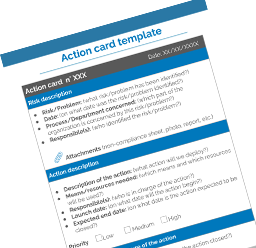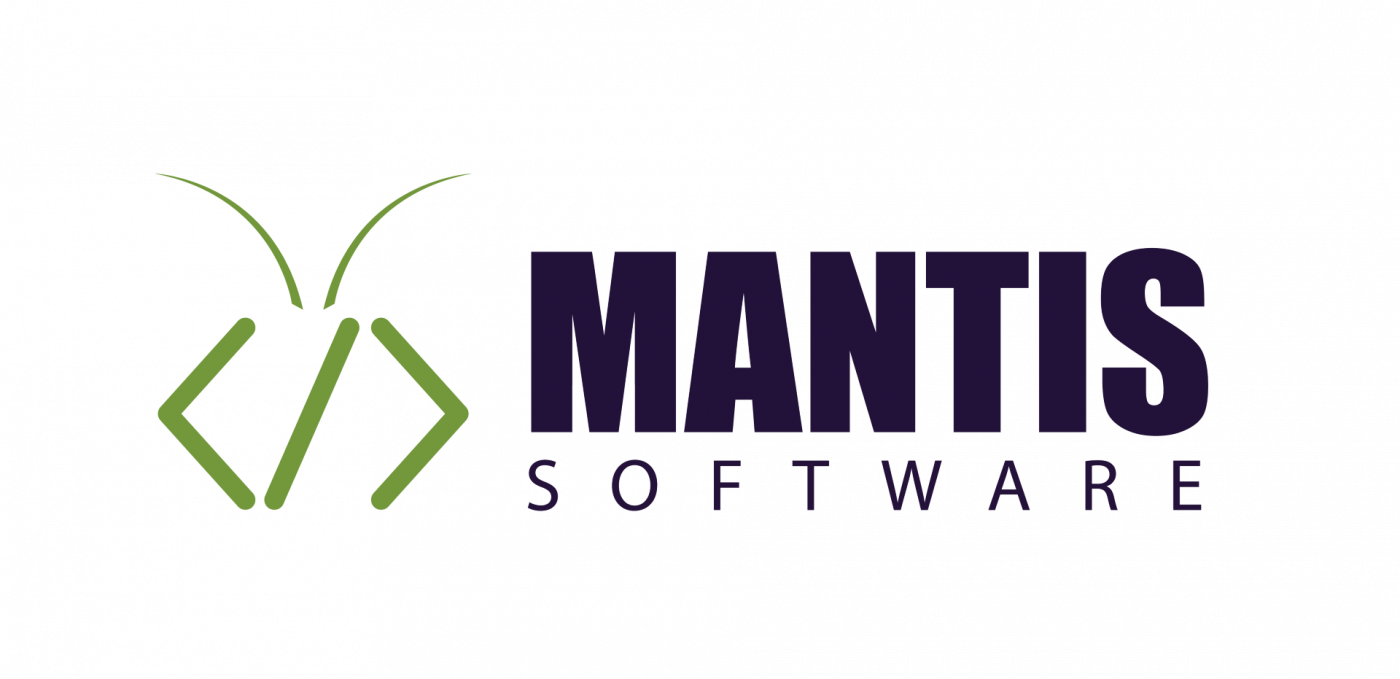.

But where to start? What are the stages?
Having a quality management system based on the ISO 9001:2015 standard is one of the most widely used “tools” for managing the quality of processes and products. Risk-based thinking is one of the premises of the standard, and one of the objectives is to carry out preventive actions to eliminate potential non-conformities, in addition to analysing any non-conformities that may occur.
Chapter 10.2 establishes the requirements for non-conformities and corrective actions. Among the requirements is the reaction to the non-conformity, evaluating the need for actions to eliminate the causes of the non-conformity through review and analysis, determining the causes and determining potential non-conformities, implementing actions and reviewing their efficiency.
What is a nonconformity?
A non-conformity can be defined as a failure or non-compliance within a process, service or product, due to non-compliance with regulatory requirements, norms or standards. There are two types of non-conformities if we use an ISO standard as a reference:
- Major nonconformity: This is a non-conformity that generates a serious failure, the absence of compliance with the requirements can have a serious impact on the organization. Examples: shipment of uncontrolled products, lack of allergen labeling on a product, etc.
- Minor nonconformity: This is a non-conformity that, when detected, does not generate major consequences for the system, process or service. Examples: lack of updating of documentation, incorrect calibration of a machine, etc.
- Observation: At the end of an audit we can have both non-conformities and observations, the difference lies in the impact and the priority we should give them.
Non-conformities have a negative impact and can generate costs due to loss of productivity and efficiency. However, they should be seen as a tool to improve processes, products and services.
A non-conformity can be detected during an internal or external audit, clients can do so through complaints or when inspections and quality controls are carried out on the systems.
All sectors of activity are affected by non-conformities: for example, bacterial contamination in the food industry, a maintenance defect in industry or an error in patient identification in healthcare establishments.
Among the most common non-conformities are those related to documented information (problems verifying the traceability of versions and updates, inability to demonstrate a requirement), supplier monitoring (lack of monitoring) and internal audit management (lack of planning, procedure or training in this regard).

What are the steps to follow to manage a non-conformity?
If we want to prevent a non-conformity from recurring, we must have a methodology that allows us to determine how to manage it when it occurs and how to prevent it from happening again. Below we propose a series of steps to follow:
Step 1: Detection and recording of non-conformities
Initially, we must involve all workers in the issue of non-conformity detection, that is, when they notice a failure or a defective product, they must immediately alert the person responsible, which facilitates the response and the implementation of actions. However, any interested party can detect a non-conformity, whether it is the client, supplier or an external auditor. At this point, the ideal is to immediately notify the quality service, providing it with information related to the characteristics, prerequisites and evidence that demonstrates the non-conformity.
Using a non-conformity form makes it easier to record information and trace data. Remember that everything must be properly documented and available for consultation.
The aim is to encourage all employees and teams in the field to report any NC as soon as necessary. Therefore, it is imperative to make it clear that no employee will be penalized and/or held accountable for reporting an NC.
Step 2: Implement immediate corrective measures
In this phase we must have a document with the date, time, description of what happened, and the person who detected the non-conformity. This information facilitates the implementation of immediate corrective actions. For example, when there is a product non-conformity due to a problem with equipment, it is necessary to stop the production line immediately, contact the customer, audit the process, separate the non-conforming products, analyze them, and finally, eliminate them permanently. The consequences of not doing so are the loss of raw materials, decreased productivity, and a decrease in performance.
Step 3: Identify the problem
In order to avoid making the same mistake, we must carry out a root cause analysis to identify the problem and thus prevent it from happening again. This can be done using the 5 whys technique. In this step, we must have a team that will identify why the customer made the claim, why the product was defective, why it does not meet the characteristics specified by the customer, why the product's conformity was not verified before it was sent.
Step 4: Implementation of corrective measures
Once the root cause has been detected, we can begin corrective actions. Each person responsible for the process must propose an idea and then, as a team, an action plan will be established with all the activities to be carried out, with deadlines, those responsible, etc.
For example, updating procedures for operators with the production process, in order to follow to the letter what was established by the client, using a checklist is a way to verify if all the steps have been carried out and if there is compliance.
Step 5: Check the effectiveness of the actions and ensure their follow-up
The last and most important step is monitoring actions. Non-conformities are a major risk for organizations and can lead to the loss of clients, certification, and even large sums of money. Therefore, monitoring corrective and preventive actions is a tool for control and continuous improvement.
When the activities have been effective and have eliminated the element, process, or material that generated the non-conformity, the quality team must reinforce its actions through audits and use what happened to discuss good practices to be taken into account. However, when we have not managed to eliminate the problem, those responsible must perform the analysis again and start the procedure to detect the causes again.
There are tools that allow potential non-conformities to be identified in order to prevent them from occurring. The FMEA method facilitates the evaluation of this type of risk. If a possible failure is detected, an adapted prevention mechanism is established.
Another option is to use a digital tool, which facilitates the implementation of a non-conformity procedure, since it speeds up their identification, as well as the application of corrective actions. Likewise, the monitoring of actions can be done with real-time data, we can identify which of the actions were executed at 100% and which have not been treated, the system will automatically send notifications to those responsible. One of the advantages of using a digital tool is being able to make declarations on tablets or smartphones, the non-conformity will generate an automatic alert to the quality service and will simultaneously notify those responsible in case of anomaly.
Non-conformities must be managed thoroughly. Having information available in real time facilitates decision-making and response to any failure. Digitizing non-conformity processes translates into an increase in productivity and reactivity, since it reduces response times. The costs of non-quality are no longer significant and all non-conformities are transformed into a continuous improvement process that will be duly recorded and documented.
Fuente: https://www.blog-qhse.com/es/gesti%C3%B3n-de-no-conformidades-5-pasos-para-optimizar-su-seguimiento


